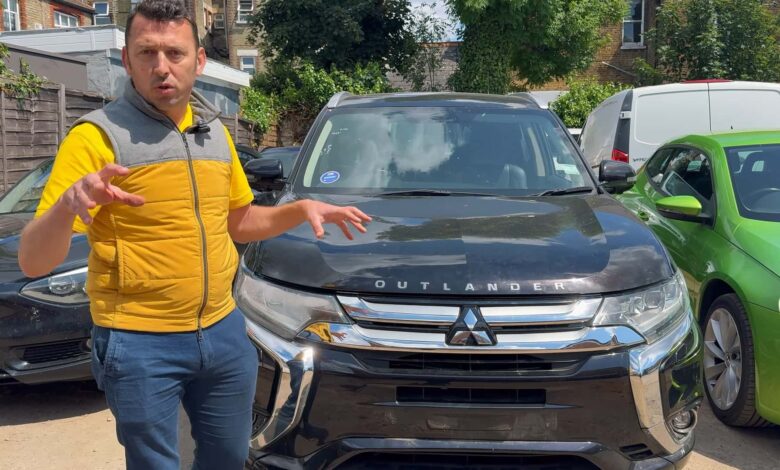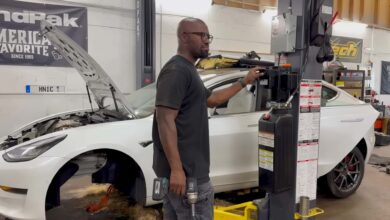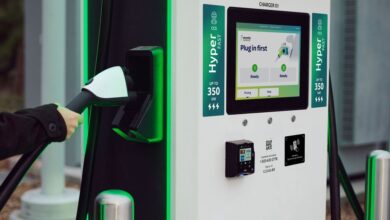This Mitsubishi Outlander PHEV Was Due To Be Scrapped. A $1 Part Saved It

- The Mitsubishi Outlander is one of the best-selling plug-in hybrids in the world.
- This particular car had been sitting in a parking lot for over half because there was a high-voltage system error.
- The gas engine wouldn’t start, and the car had to be pushed into the workshop.
A plug-in hybrid is very complicated because it’s basically two cars in one: there’s a gas-powered engine, plus a high-voltage battery and at least an electric motor. That’s one of the reasons why PHEVs have more reliability problems than EVs and regular gas cars, according to Consumer Reports. So when something goes wrong, there’s a chance it will cost the owner dearly.
But it doesn’t have to be an expensive fix if the mechanic knows what they’re doing. Take this previous-generation Mitsubishi Outlander PHEV registered in the United Kingdom, for instance. It was parked for over six months because of a high-voltage system error that prevented it from moving even an inch.
With 80,000 miles on the clock, it still had plenty of life left in it, but after a quick error scan with an OBD reader, all signs pointed to a big job that few repair shops want to take on: dropping the high-voltage battery and finding the issue.
Several errors came up on the code reader. One was for the current sensor and one for the leak detection sensor. As both live inside the high-voltage battery pack, the guys at OGS & Mechanics, who published the video below, were in for a huge headache. But here’s where an old-school troubleshooting session becomes invaluable.
With a simple wiring diagram at hand, the mechanic quickly discovered that both sensors were getting power from a single source and a single fuse, the latter being much more easily accessible.
A 7.5-amp fuse under the hood was changed for a new one, and that was that. With a $1 fix, the car was fully functional again, including charging from a level 1 charger, which it refused to do before. That said, the reason why that fuse blew in the first place remains a mystery, and the fault could come back.
For now, though, the car runs and drives just fine, and it goes to show that electrified vehicles don’t need to be this menacing Babadook when it comes to fixing things. Sure, they’re different from traditional internal combustion cars, but that doesn’t necessarily mean they’re just dead weight when something goes wrong.
Source link


